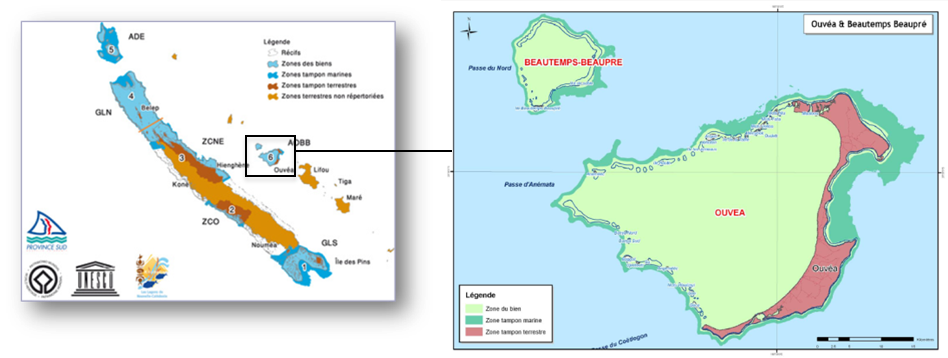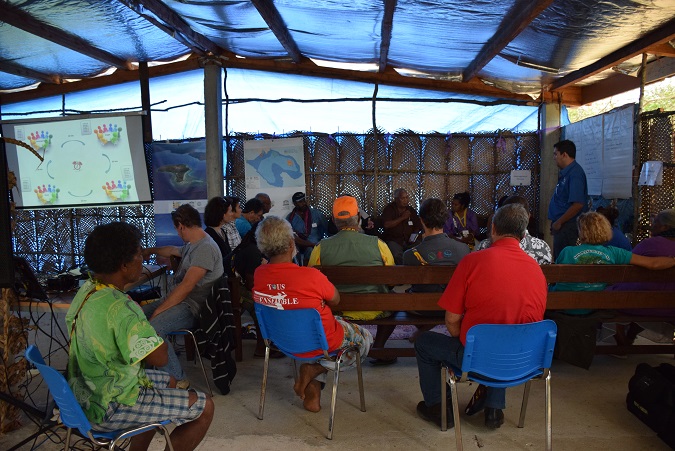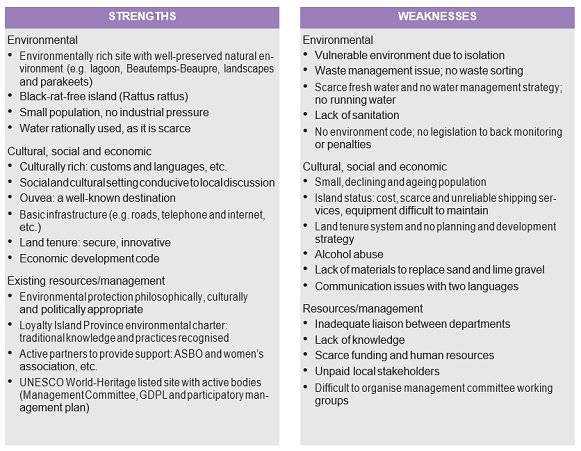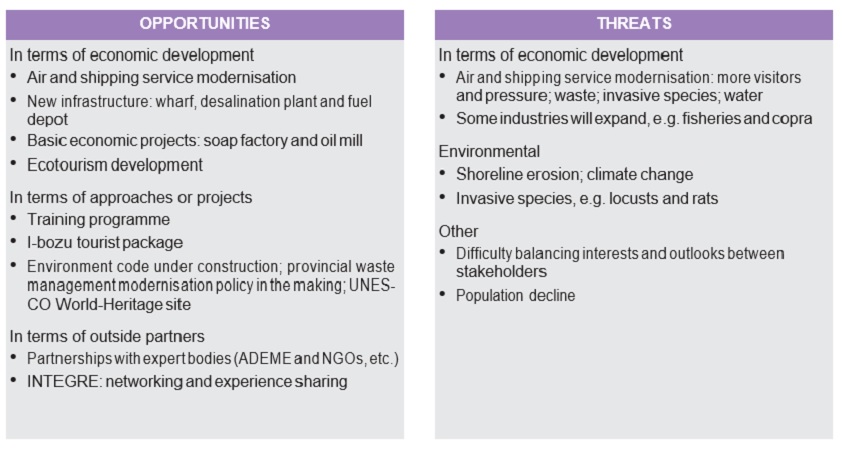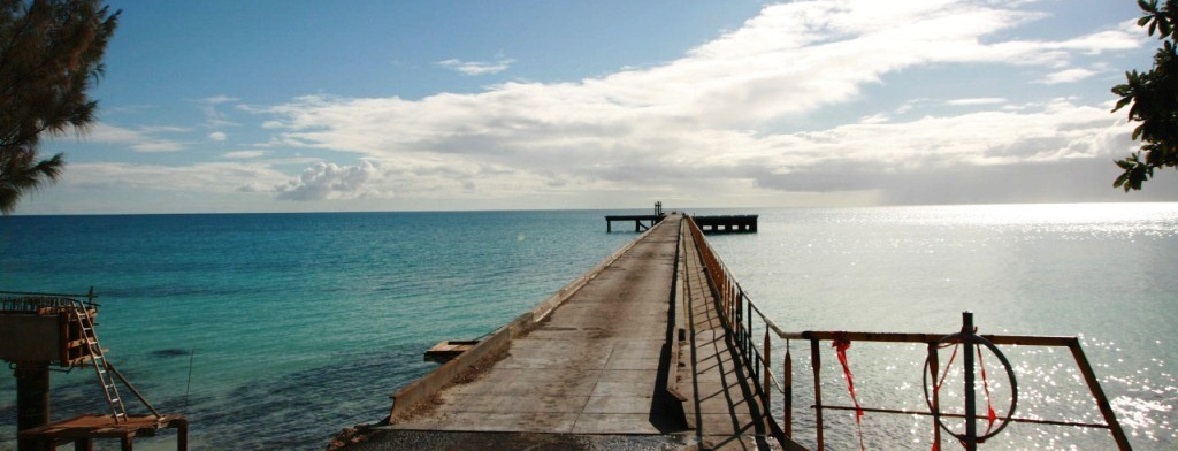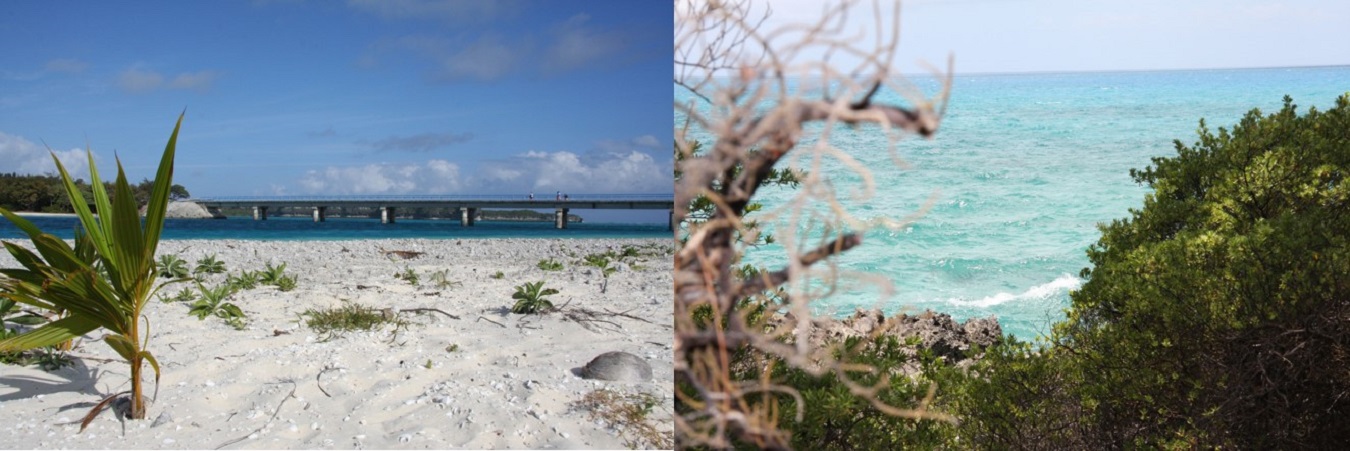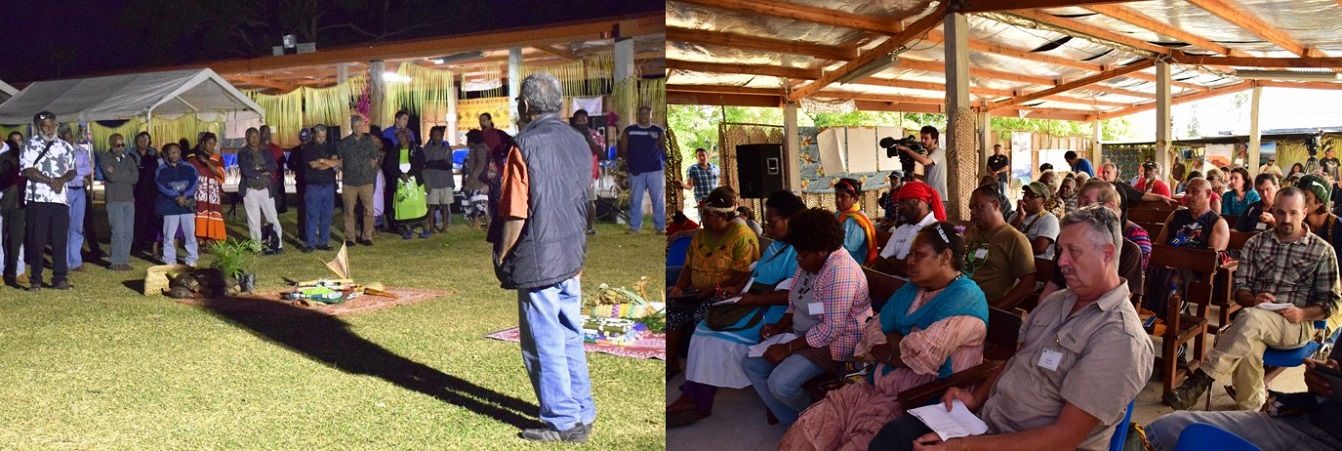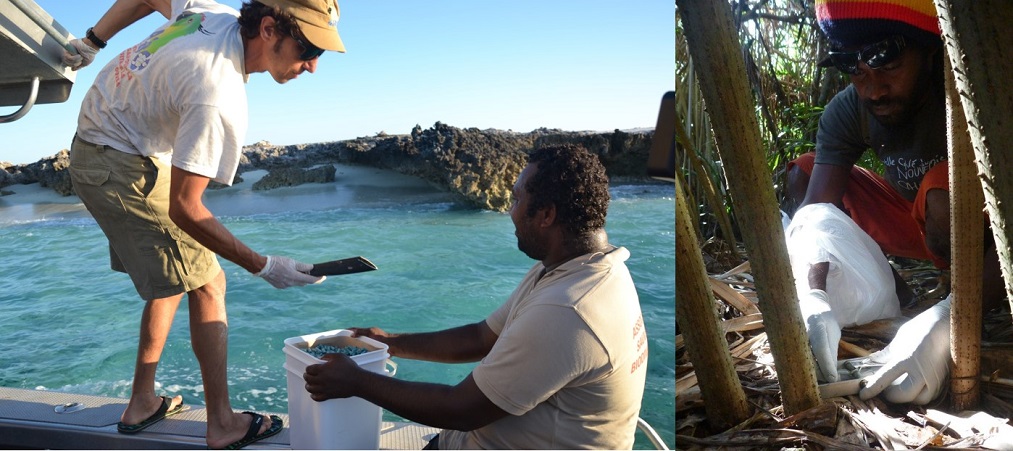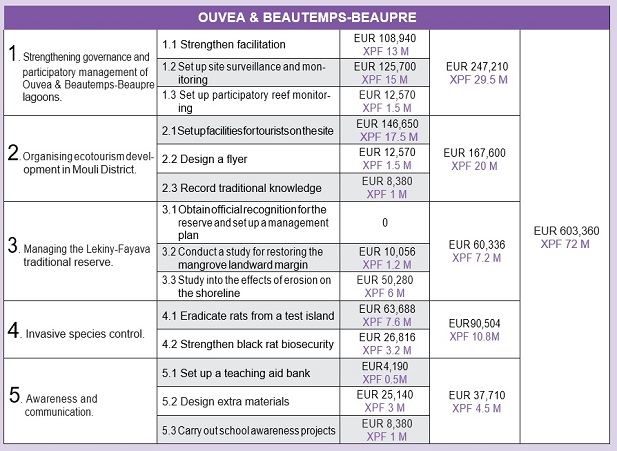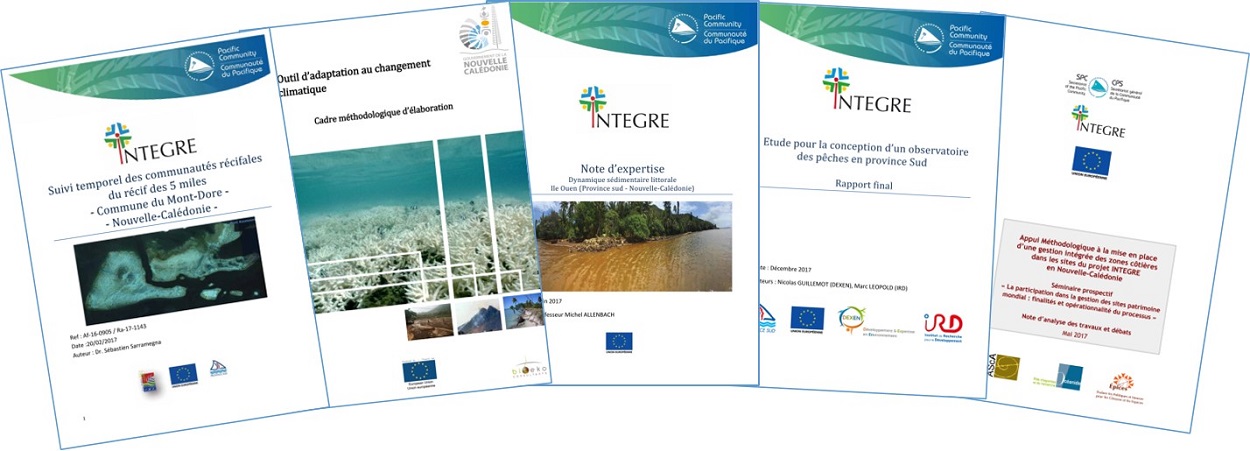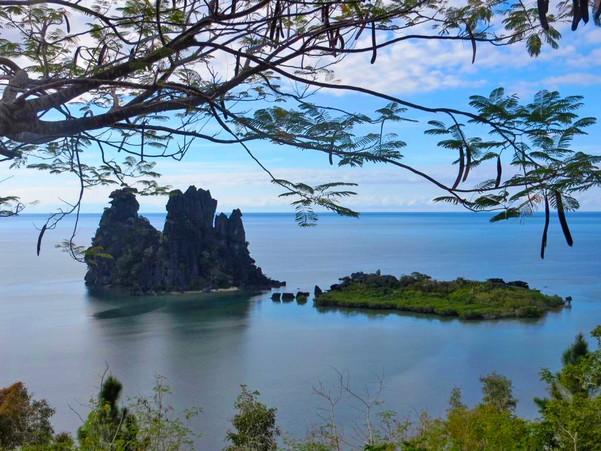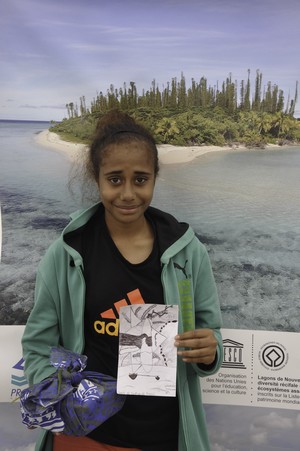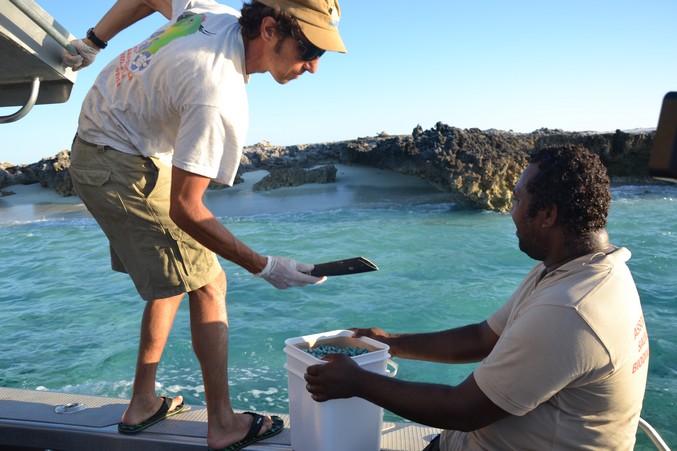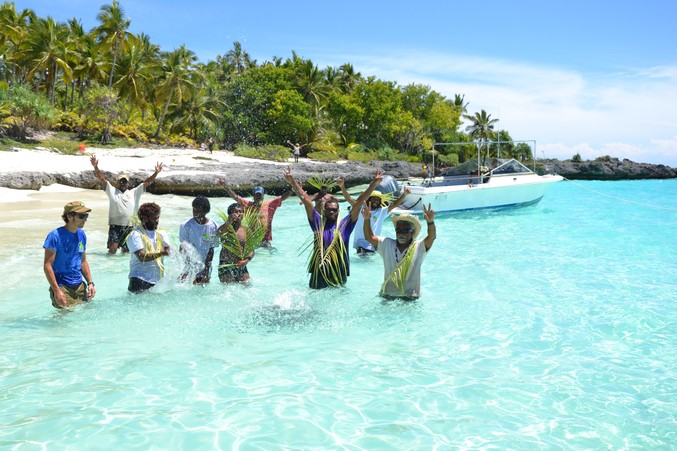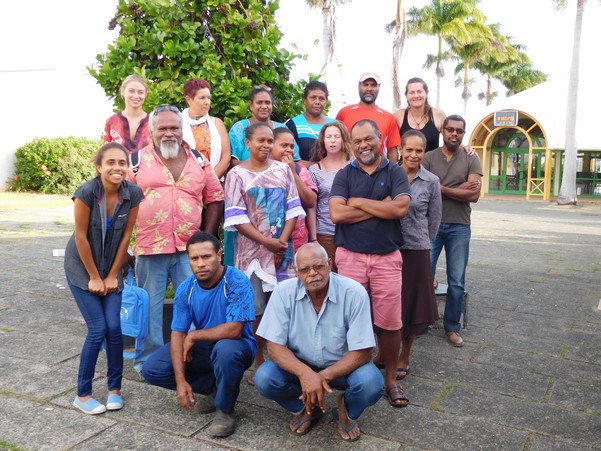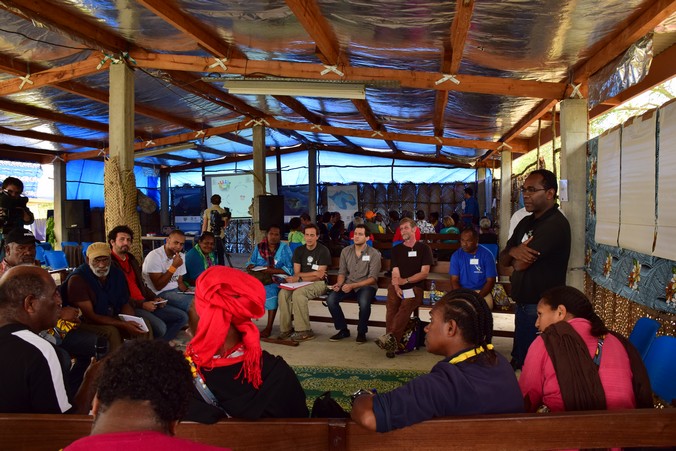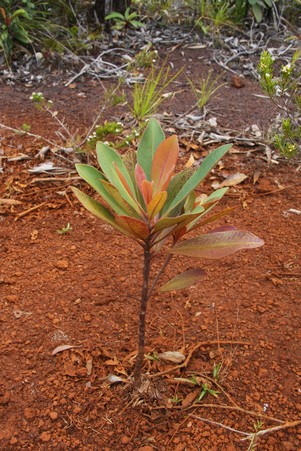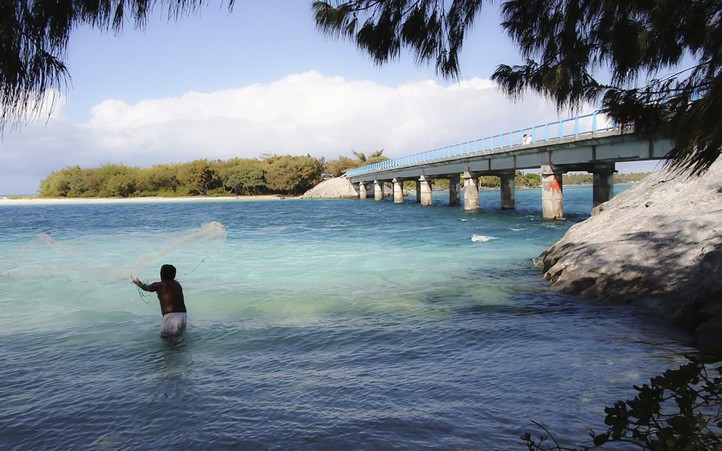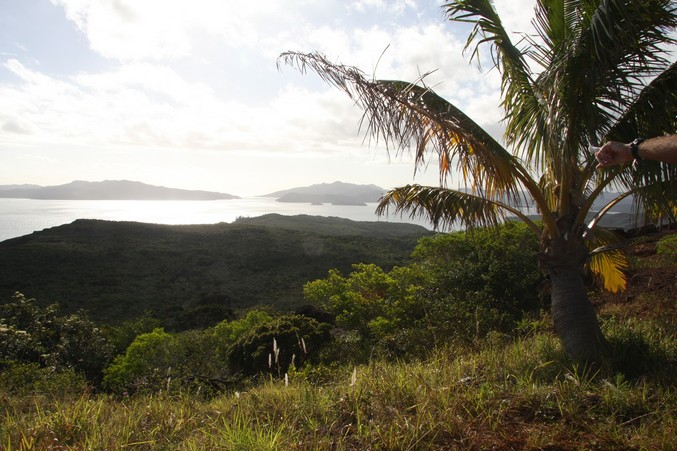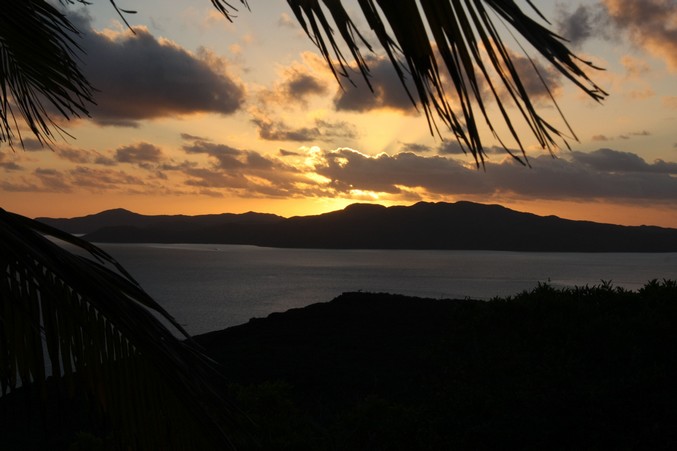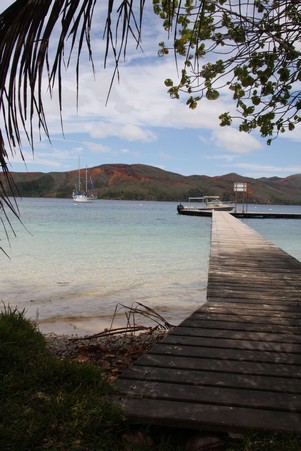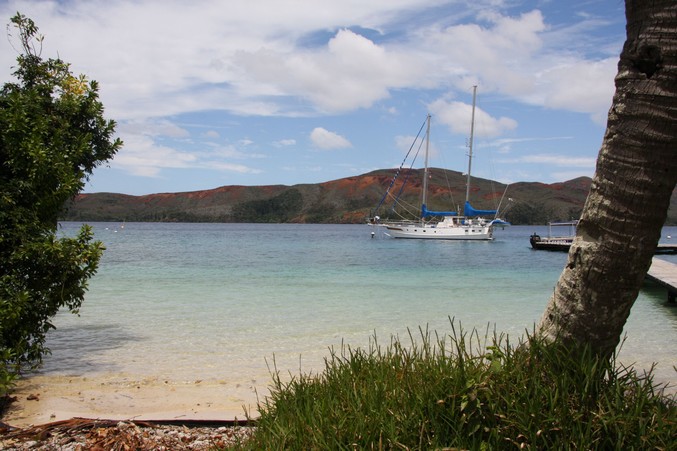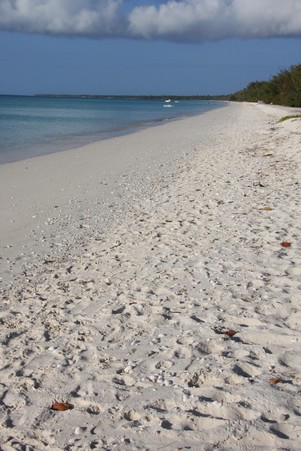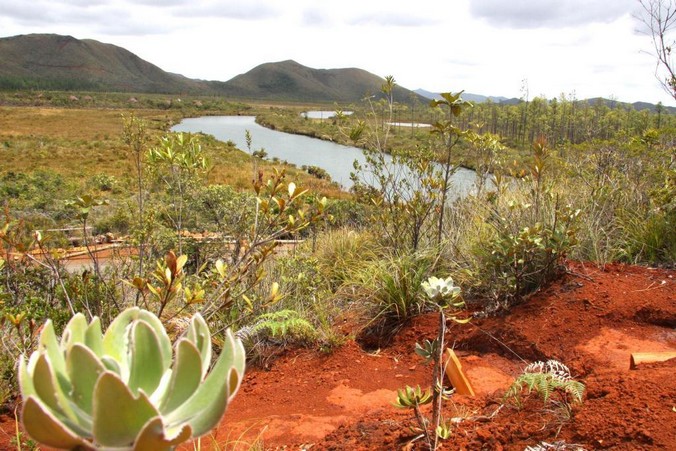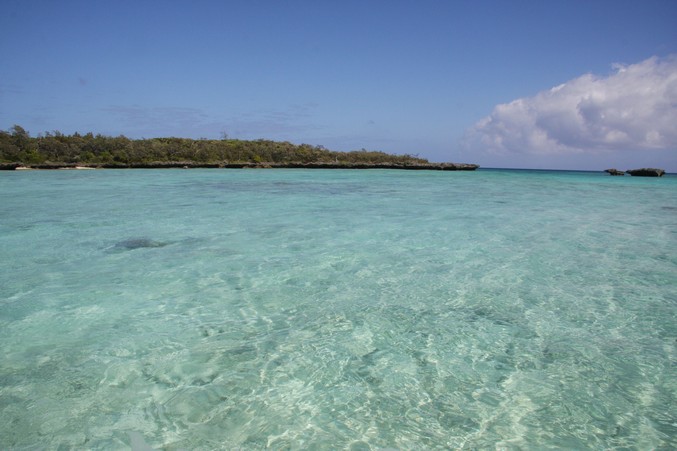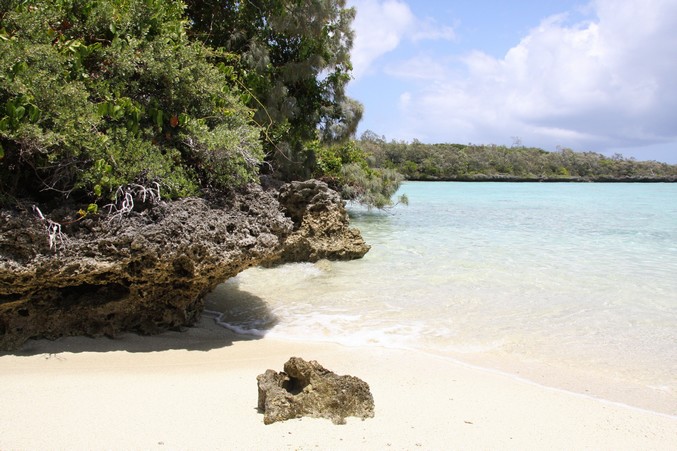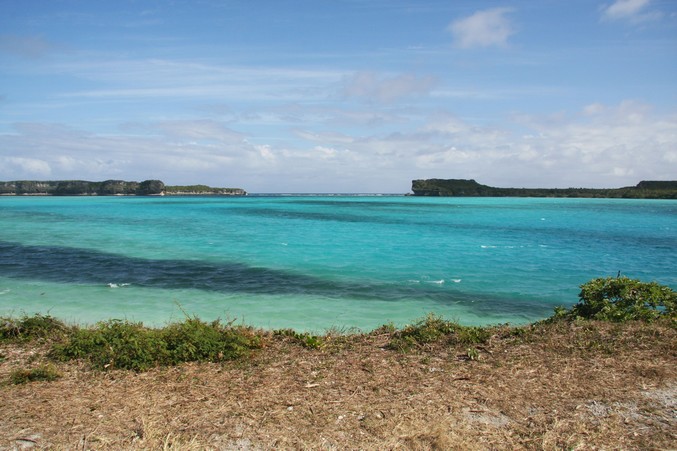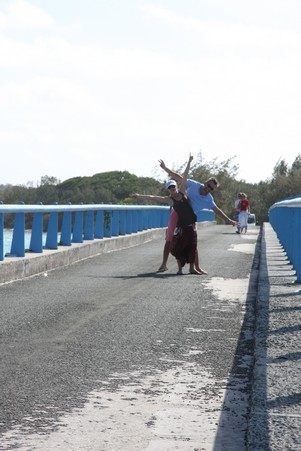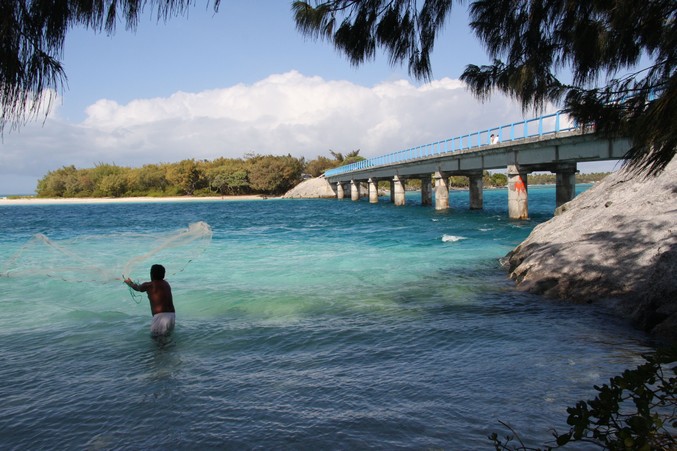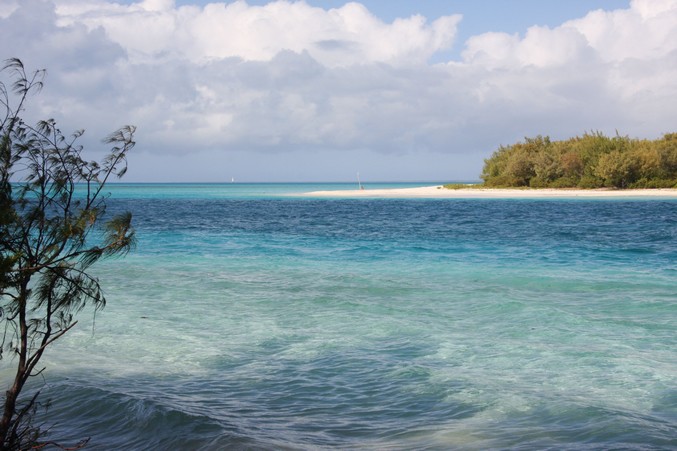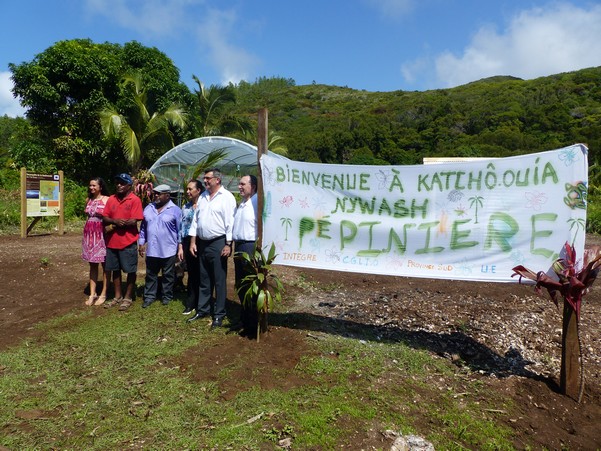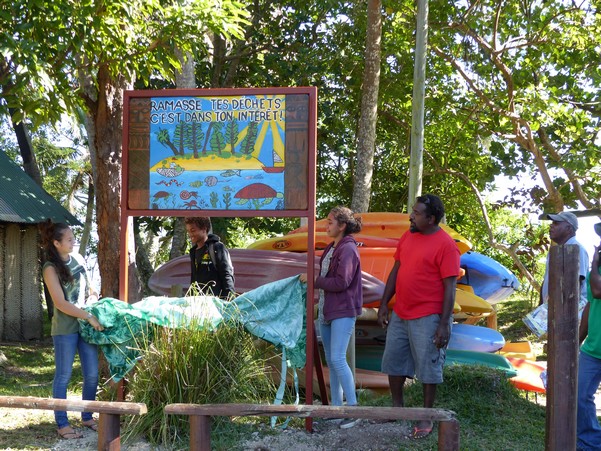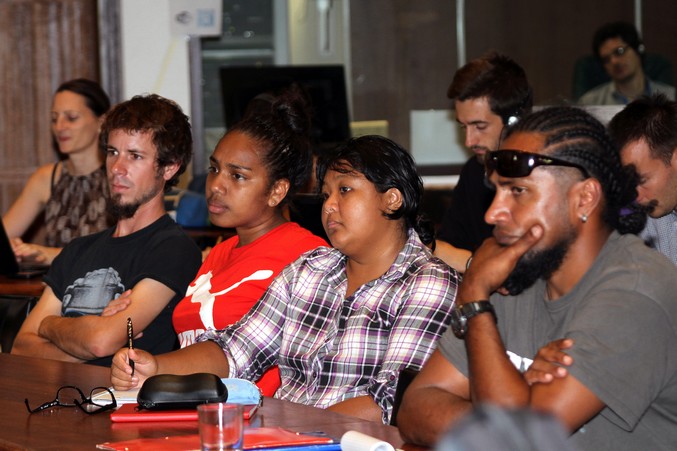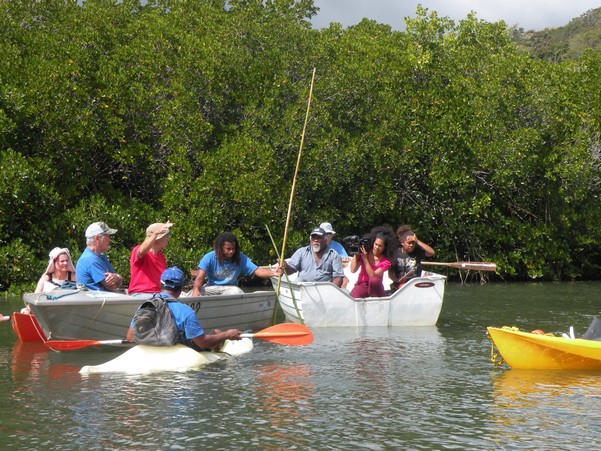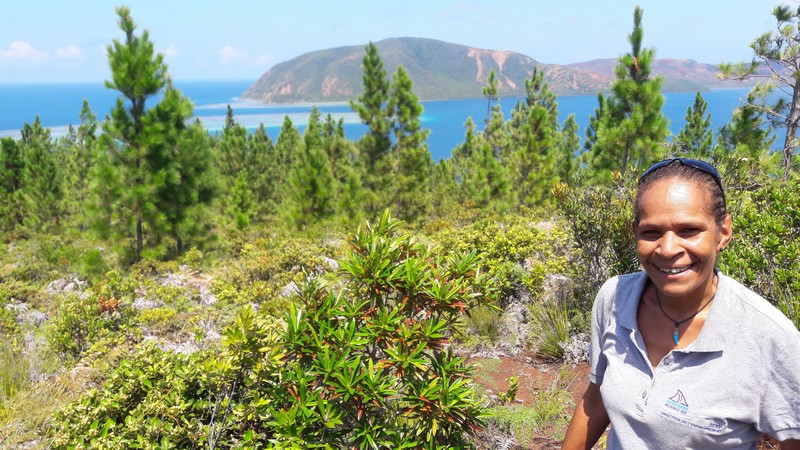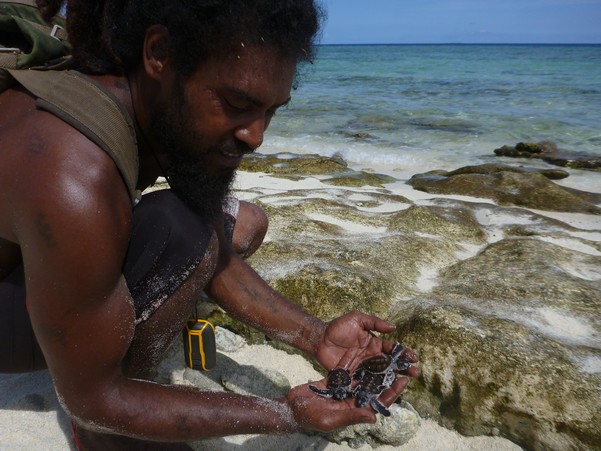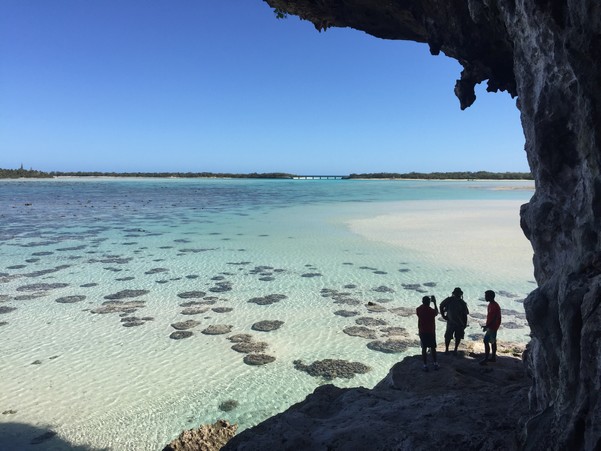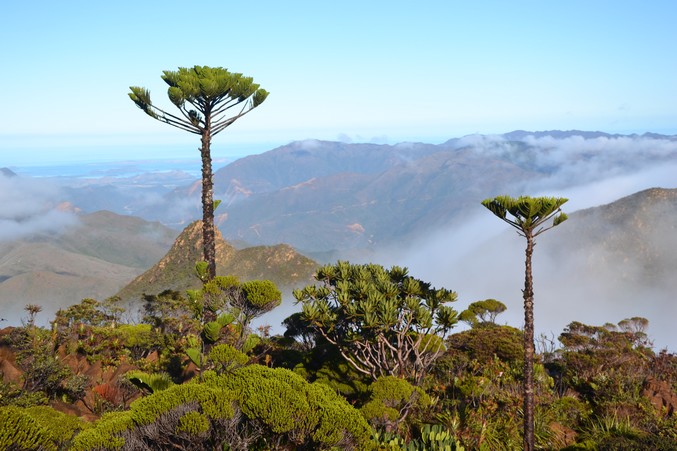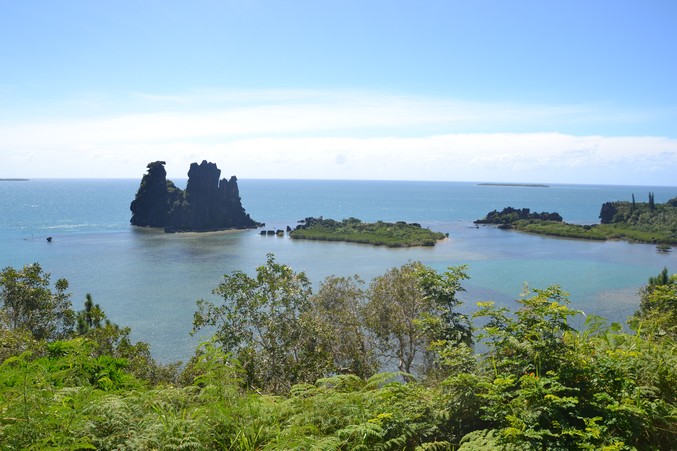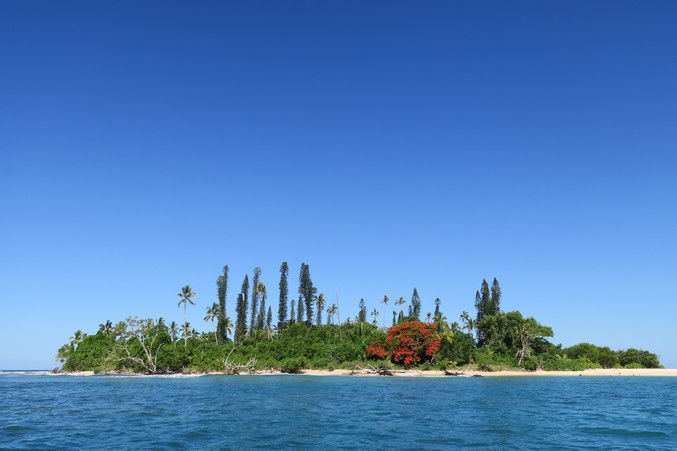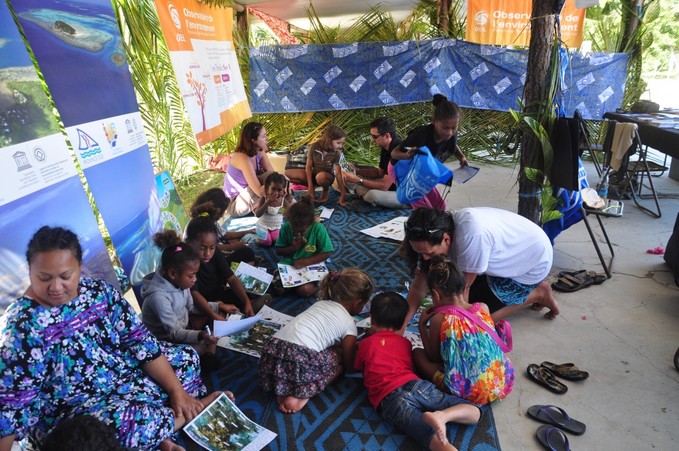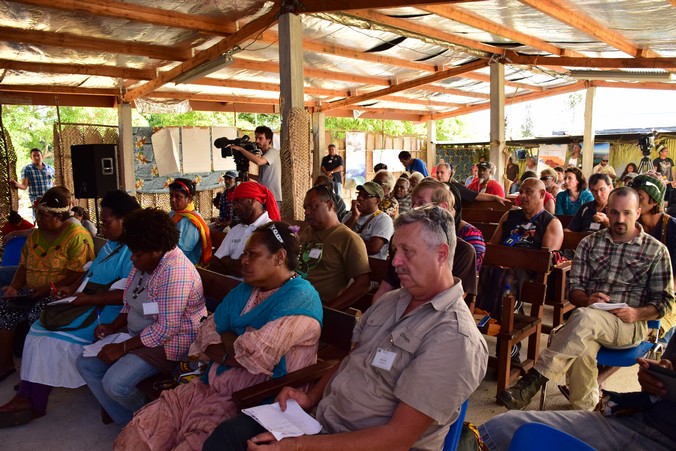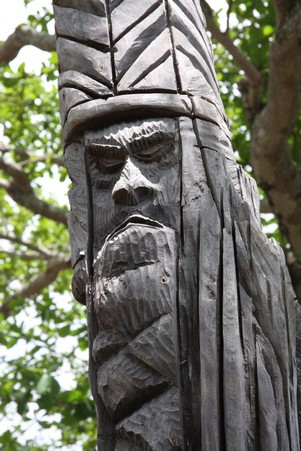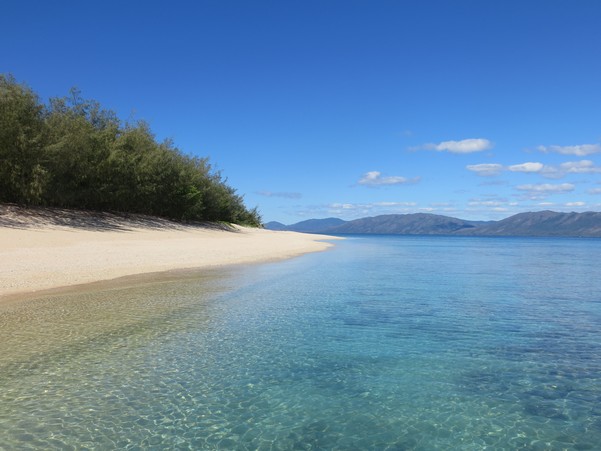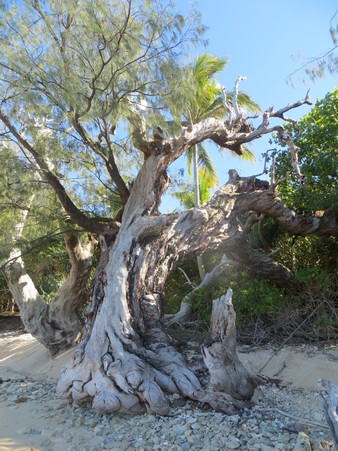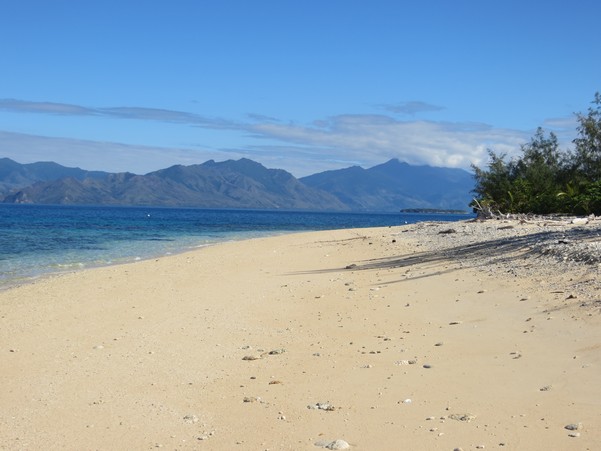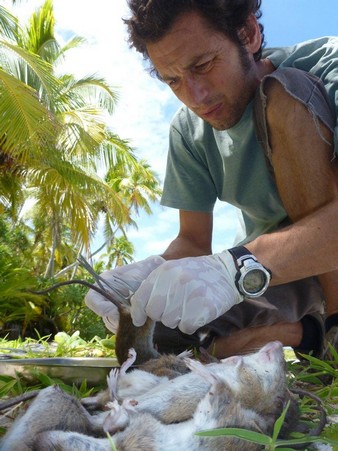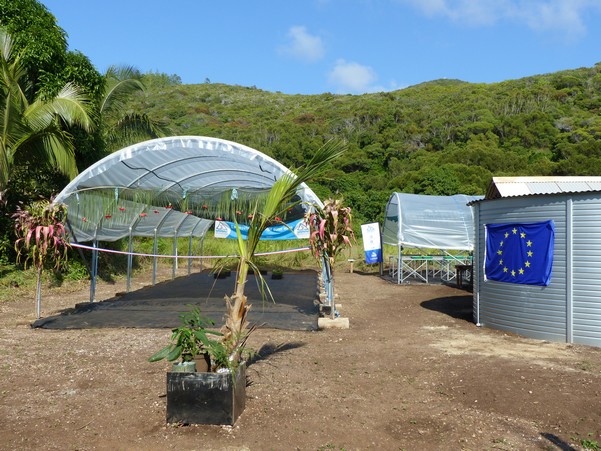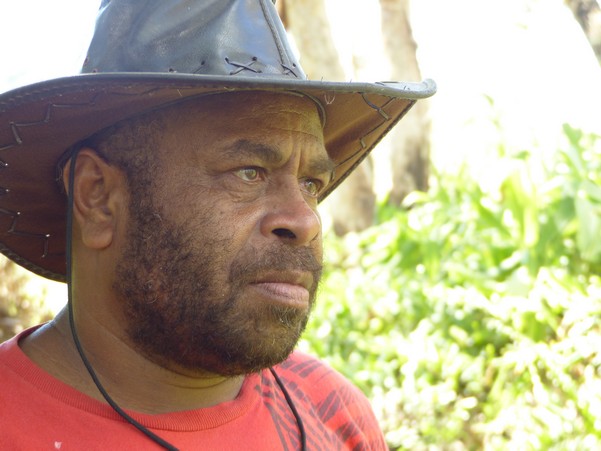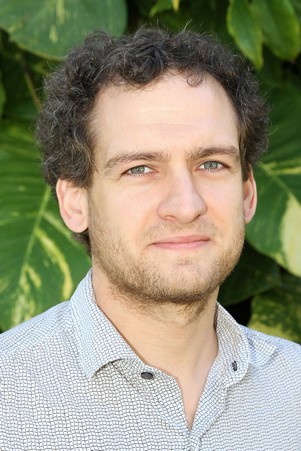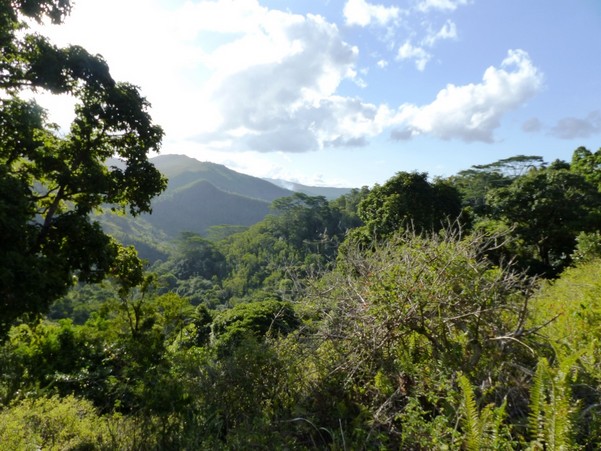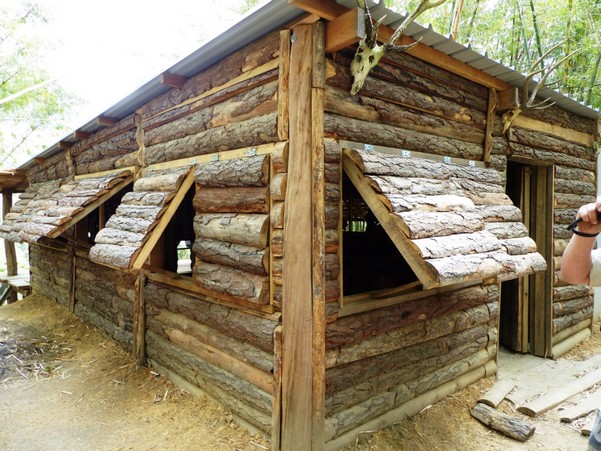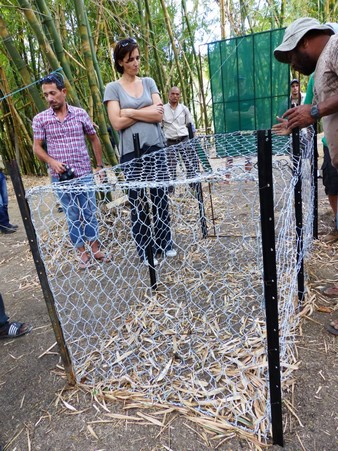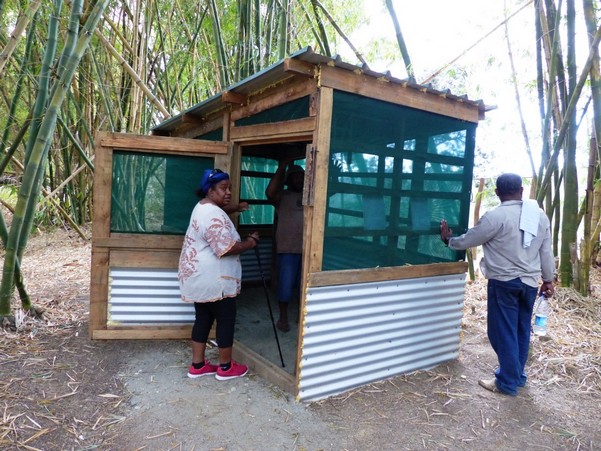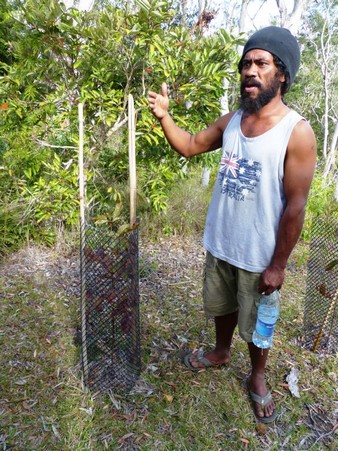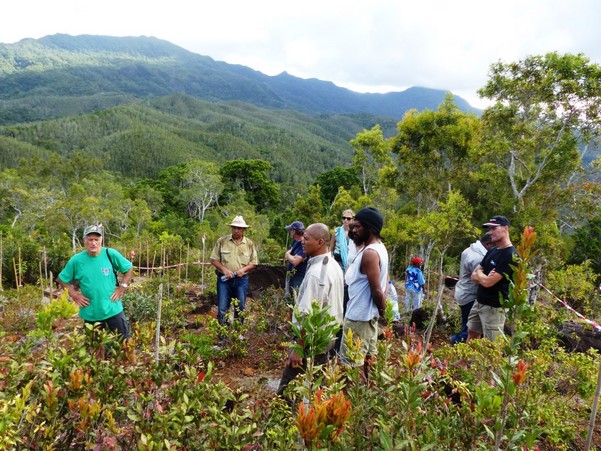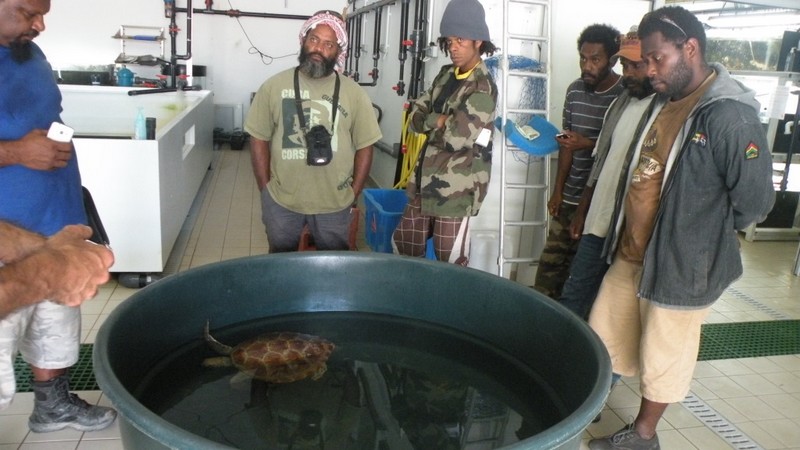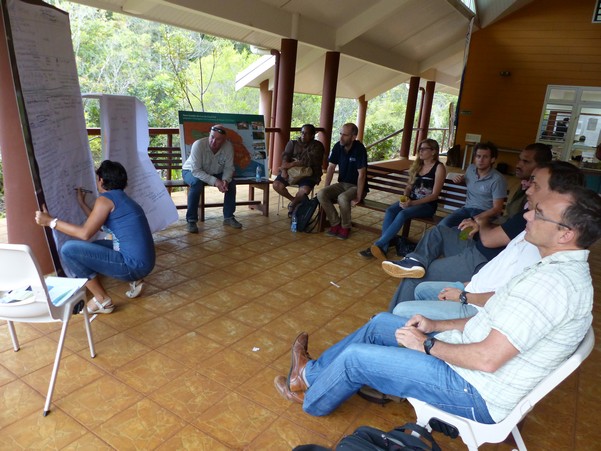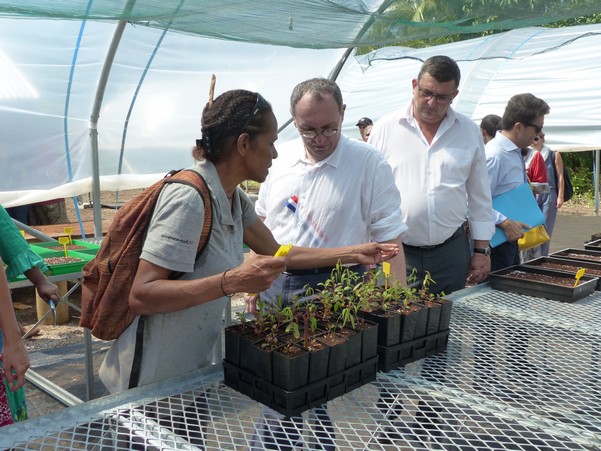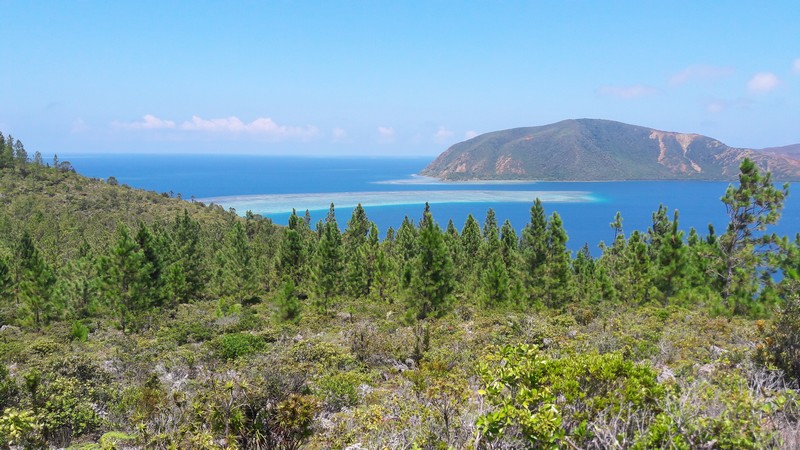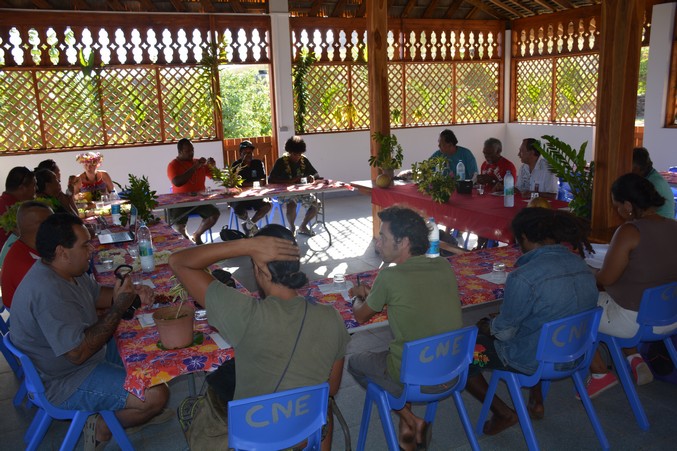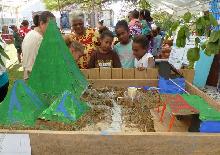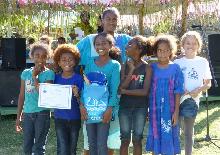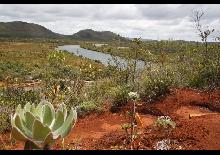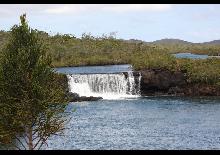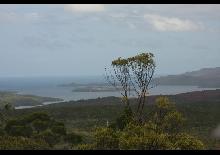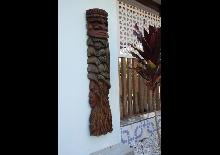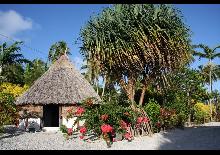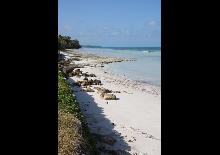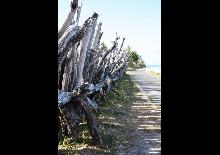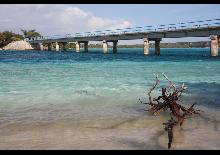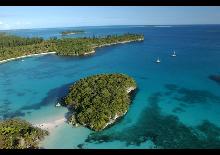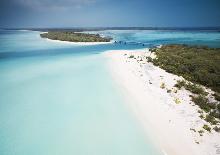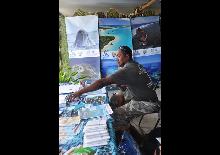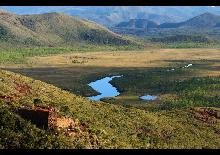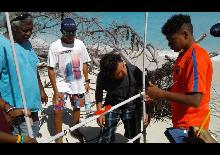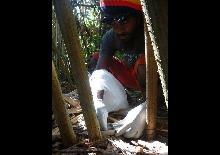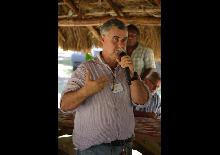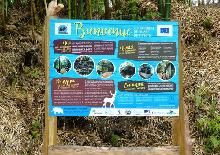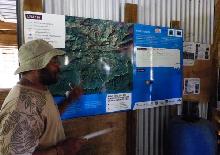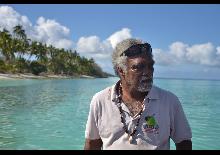
INTEGRE Project was working towards the following objectives :
- Maintain the integrity of UNESCO World-Heritage-listed sites
- Give fresh impetus to the participatory management process and involve local stakeholders more effectively
- Help sustainably manage the sites and control human-induced threats
On the site of Ouvea and Beautemps-Beaupre Atolls, the balance of the activities is the following one :
- NC - C2I1 and 5 : Strengthening participatory management / awareness raising and communication
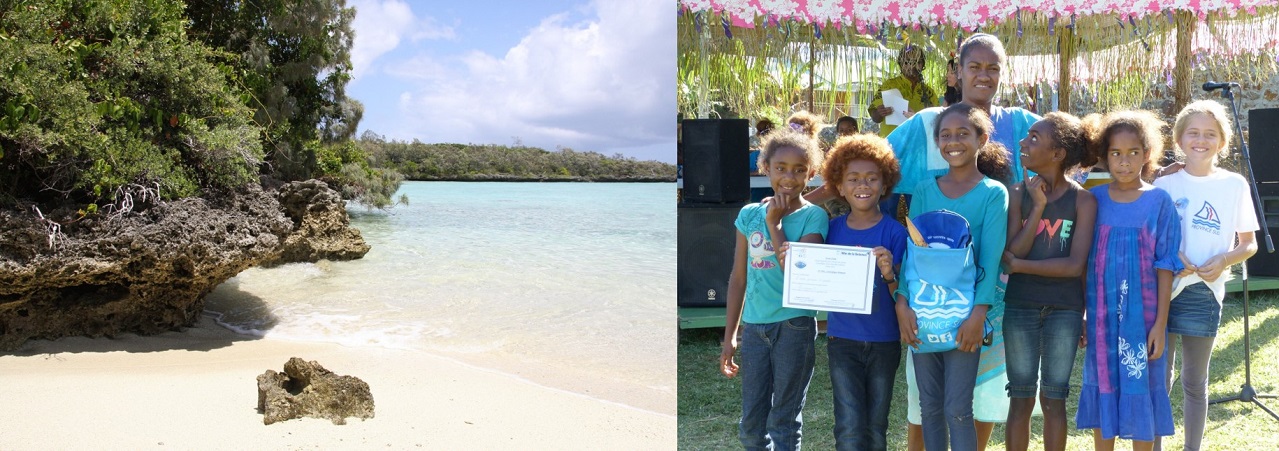
Although not all the actions planned have been carried out, in terms of awareness raising or partnership with fishermen, the participatory dynamics of World Heritage site management have been greatly strengthened. The arrival of two additional human resources and the commitment of all stakeholders (provinces, associations, town halls) has enabled concrete management, monitoring or awareness-raising actions to be carried out.
The sustainability of this system should make it possible to pursue this dynamic. However, it will be very important for the Islands Province to become more involved in strategic and project framing, particularly with the GDPL.
For more details, consulte Activity statement : NC - C2.I1 et 5 Renforcement de la gestion participative - sensibilisation et communication
- NC - C2I2 : Structuring of an ecotourism development centre in the Muli district
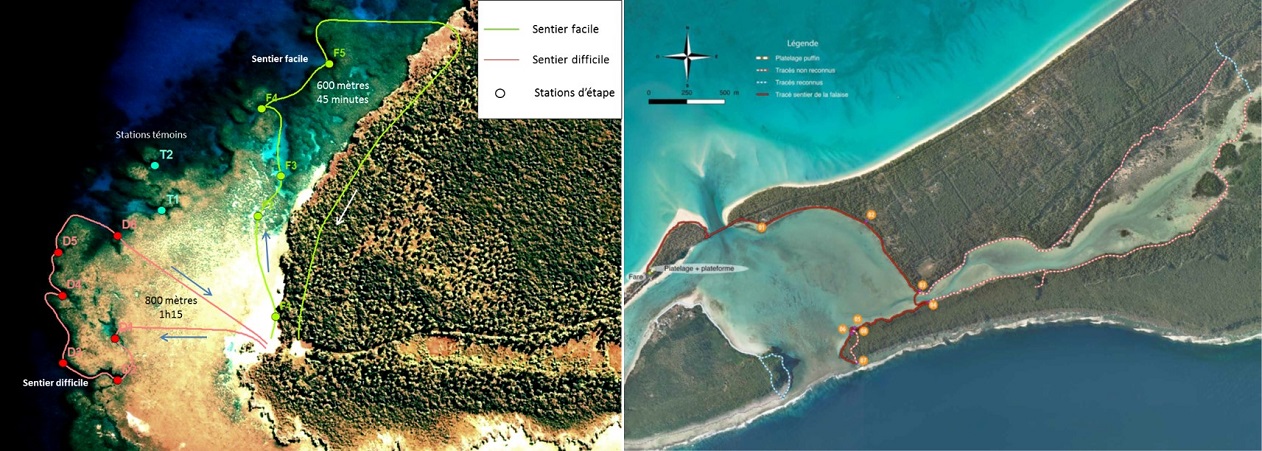
The result of this activity is disappointing. This is largely due to delays in its implementation due to the low capacity of the Loyalty Islands Province to absorb a significant additional workload. This element should be taken into account for future projects with small administrations.
Moreover, in Ouvéa more than elsewhere, the preparatory work for the developments is substantial, the customary and "owners of the places" having to give prior authorization for their realization (we are in Ouvéa on customary lands). This is why the work was carried out jointly with the Loyalty Islands Province and the GDPL, but the lack of time for discussions and obtaining agreements penalized the land trail project. As a representative of the province of the islands said at INTEGERE's closing workshop, the time of the European project is not the time of customary people and premises...
The direction of the integrated economy of the province of the Loyalty Islands will take over the development of the ecotourism pole. She had the funding validated for the construction of a new trail on the development contract envelope and the funding of a space for the underwater trail equipment. In addition, the Youth and Sports Department is responsible for training underwater guides for the underwater trail.
For more details, consulte Activity statement : NC - C2.I2 Structuration d'un pole de développement écotouristique dans le district de Muli
- NC - C2I3 : Management of Lekiny-Fayava Nature Reserve
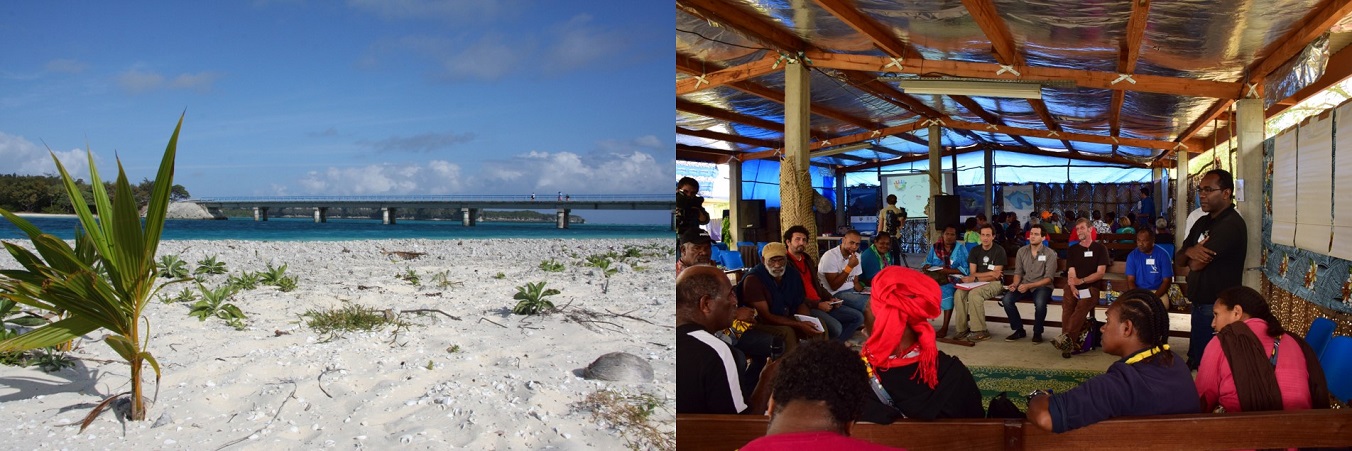
The adoption of the environmental code by the province of the Loyalty Islands is a process that mobilizes the environmental service enormously, accentuated by the choice of a methodology agreed with the inhabitants of the four islands of the province. The delay is therefore very significant with regard to the initial estimates concerning the official recognition of a reserve at Lekiny and the implementation of its management plan.
Coastal erosion is a major concern for the population of Ouvéa because it directly threatens certain inhabited areas. Moreover, in Ouvéa, land is entirely of customary status, which means that urban planning rules do not apply and that development decisions are taken directly at the tribal level. Matthieu Leduff's work, carried out in partnership with the island's mayor's office, customary people and associations, has provided the population and decision-makers with tools to understand erosion phenomena. It will be continued with financial support from the Islands Province and technical support from the University and the DIMENC through the OBLIC (Caledonian Coastal Observatory) scheme and by relying on a network of people now trained. All actors are convinced of the usefulness of this work. However, without a facilitator like Matthew, there is a risk of progressive interest lost.
For more details, consulte Activity statement : NC - C2.I3 Gestion de la reserve naturelle de Lekiny-Fayava
- NC - C2I4 : Control of invasive species
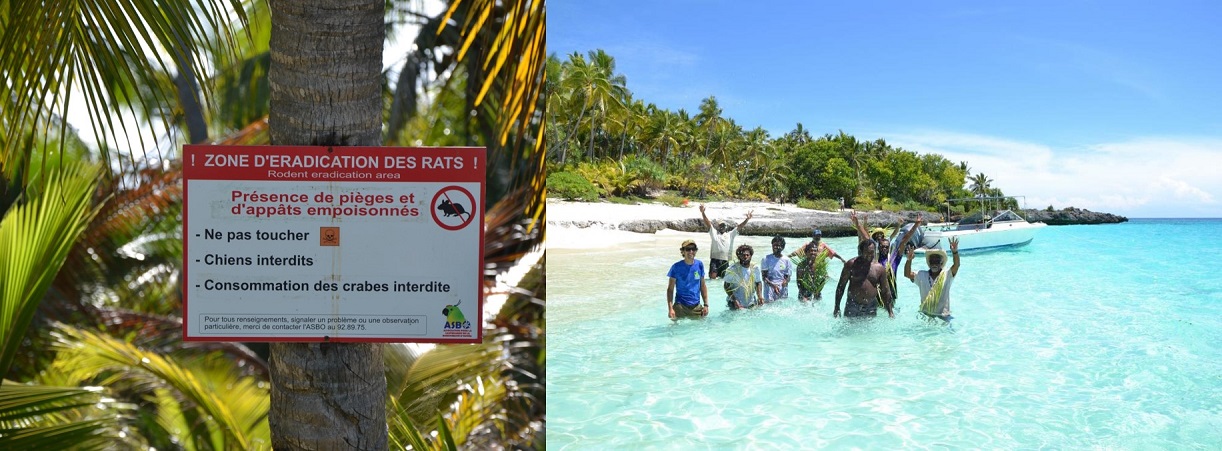
These two actions have benefited from the good involvement and establishment of the ASBO, a local association whose principle is to make local guides work for the realization of its actions, thus combining environmental protection, awareness and local development.
For the implementation of the biosecurity plan, which benefits from good technical and political support from the province of the Loyalty Islands, it will be necessary to create a post of animator of this plan at the PLI. The province's financial possibilities are weak today and implementation of this plan is still pending.
For the deratting of the atoll, several factors can explain the failure but we must first remember that these are difficult operations in tropical environments where rats reproduce all year round. A new operational plan has been proposed but significant financial resources are needed.
The sustainability of these two activities is not yet guaranteed. To continue the ASBO's outstanding work on the deratting of BB, funds will again have to be mobilised to undertake a new deratting trial in 2018. The 11th EDF could be a possible source of funding.
For more details, consulte Activity statement : NC - C2.I4 Lutte contre les espèces envahissantes

